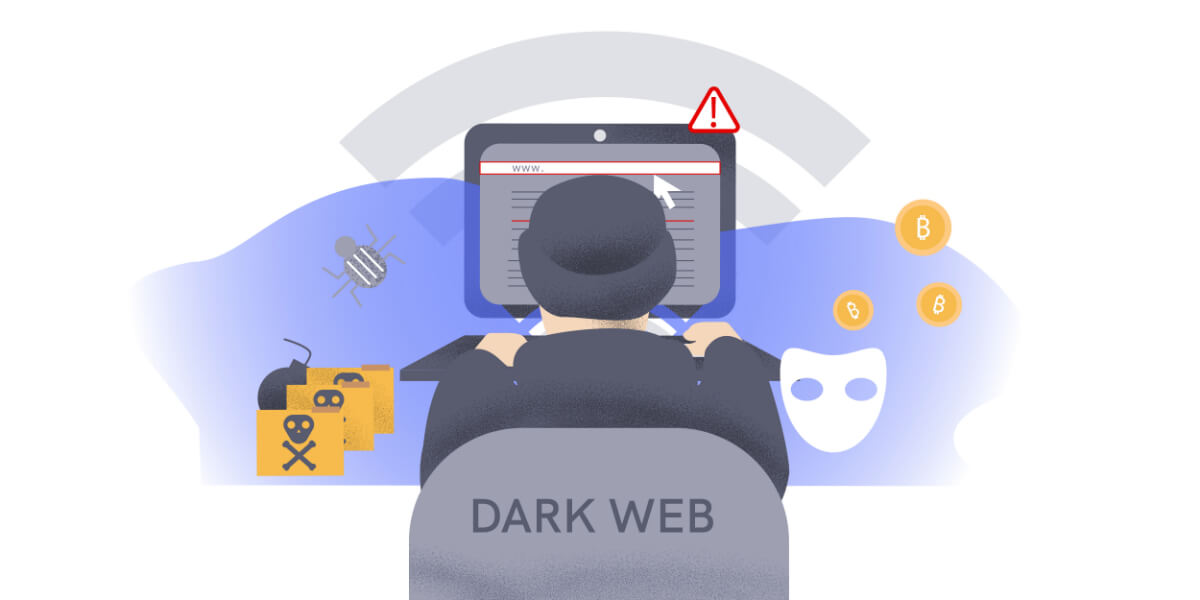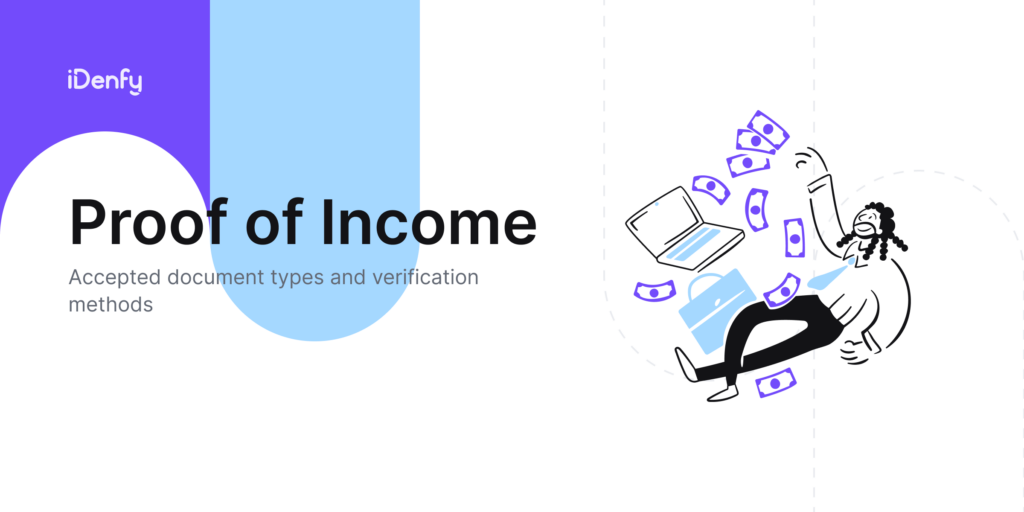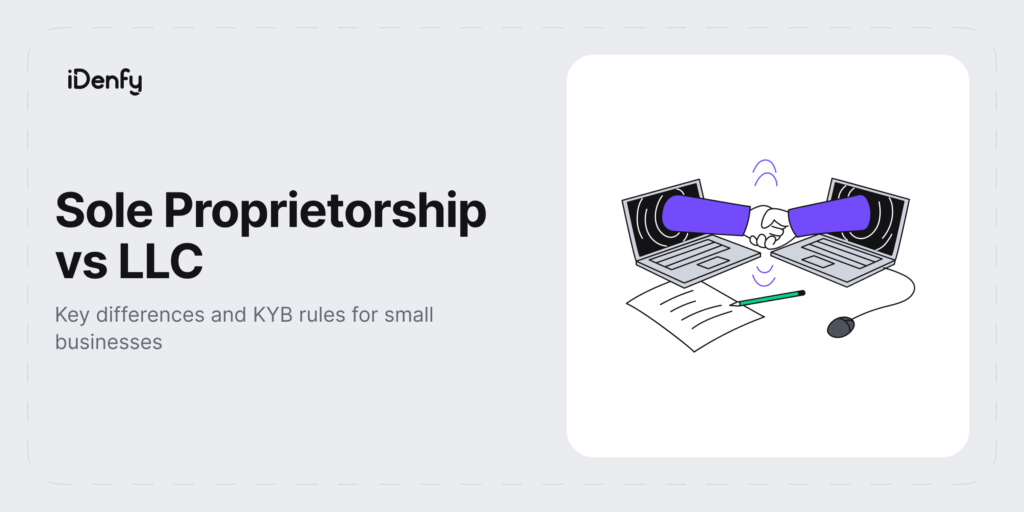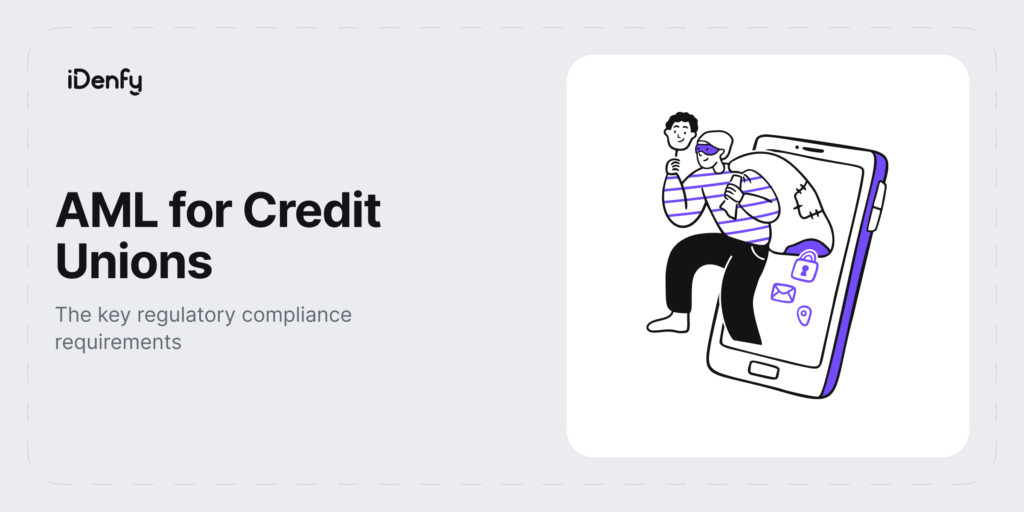A well-known secret is that around 90% of the content posted on dark web forums is attributed to potential buyers seeking to engage in cybercriminal services. While anonymity is a core feature of the Dark Web, it can be exploited by malicious actors.
Users may feel a false sense of security, but their activities can still be traced, especially if they make mistakes in using anonymizing tools. Not to mention encryption, which can be a double-edged sword since it can shield illicit activities and expose users to potentially harmful content.
In this blog post, we explore the Dark Web and remove its mystery shield.
So, What Exactly is the Dark Web?
The Dark Web is a collective of internet sites that aren’t indexed and further hidden by strong security measures such as encryptions and firewalls. That’s what makes the Dark Web a safe haven for anonymous users.
It has garnered quite a reputation for illegal content and criminal intent. It’s also home to ‘trading’ sites where you can buy and trade all kinds of goods and services. But that doesn’t mean that there aren’t legal parties on here. Thanks to the anonymization browser software Tor, anyone can visit sites on the Dark Web now.
It’s okay to check it for yourself. And no, you won’t go to jail for visiting the Dark Web, but it might get you in other kinds of trouble if you haven’t strongly encrypted your credentials. It can expose you to unnecessary risks. If you aren’t fully aware of its threats, other people can take advantage of your information.
Why the Dark Web is a Place For Criminal Activity
The media and news sites describe the Dark Web as the hub of criminal activity, and there is some truth to that. Research shows that Dark Web activity has increased by 300% since 2017, leading to increased cyber-crimes and malicious activities.
Websites and people who don’t want to be found make the collective Dark Web what it is — a dangerous place. While some people find this the perfect opportunity to evade government controls and censorship, others indulge in highly illegal activity as they hide behind anonymity. For example, you need a special browser to get into these sites, which makes it vital to keep your internet activity and privacy anonymous when visiting them.
Factors Indicating Security Risks
Dark Web illegal activities include forging security payment card information, source code leakages, identity theft, and exploitative content involving children and the pornographic industry. Despite increased security measures and complex defense systems, organizations often lose the battle against these cyber-attacks.
So it’s safe to say that the Dark Web poses significant risks to users who access it, particularly in terms of security, due to several factors:
- Malicious Content: The Dark Web is a haven for various forms of malicious content, including malware, viruses, and scams. Users may unknowingly download harmful files or click on malicious links that can compromise their devices and steal sensitive information.
- Anonymity and Encryption: While anonymity is a core feature of the Dark Web, it can be exploited by malicious actors. Users may feel a false sense of security, but their activities can still be traced, especially if they make mistakes in their usage of anonymizing tools. Additionally, encryption can be a double-edged sword, as it can shield illicit activities but also expose users to potentially harmful content.
- Scams and Fraud: Many offers and services on the Dark Web are scams designed to extract money or personal information from unsuspecting users. Trusting unknown entities can result in financial loss and identity theft.
- Illicit Marketplaces: The Dark Web hosts numerous illegal marketplaces where users can buy and sell drugs, stolen data, weapons, and other contraband. Engaging in transactions within these marketplaces not only exposes users to legal risks but also puts them in contact with criminal networks.
Out of all the illicit criminal activities on the dark web, there have been excessive identity theft and fraud incidents. Taxpayers have lost almost $63 billion to identity theft since March 2020, and consumers of online stores have lost nearly $370 million to coronavirus scams.
Reinforce your business with “iDenfy shield” – fraud prevention package. Book a demo here.
Black Market Trends Threatening Users’ Safety
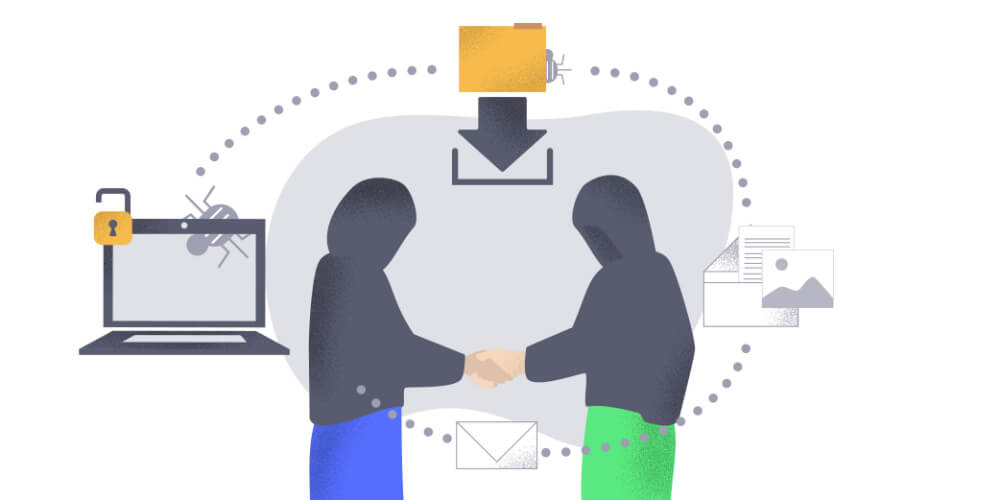
When it comes to your safety on the Dark Web, the dangers here are very different from what you’d encounter on the surface web. Let’s explore these dangers in further detail:
Deepfake Imagery
For starters, your very own identity might not remain yours if it isn’t secured adequately. Digital ID verification has been the target of many cybercrimes and malicious activities, such as deepfake software on the dark web.
Deepfake is a Dark Web technique that uses deep knowledge of AI to counterfeit images, videos, identities, and events. For example, malicious hackers can use deepfake to forge identities and videos using your data, all with the intent to harm you, your employees, and your business. According to Boston University research, deepfake technology has also been used as a weapon against women and children to fuel revenge porn.
Voice Clones
Using deepfake technology, advanced malicious actors can create forged accounts on social media for spying on foreign and local personalities. They can even edit audio files to create voice clones for public figures.
In March 2019, the chief executive officer of a well-reputed German company paid almost £200,000 into a bank account in what cybercrime experts declare as an unusual case of Artificial Intelligence deepfake crime. The voice of the CEO was mimicked through AI-enabled voice clones to demand that amount of money urgently.
Dark Web Marketplaces
Dark Web marketplaces mimic the workings of big-box retailers such as eBay and Amazon, complete with e-commerce capabilities like shopping carts, customized purchases, and feedback. But these markets are a lot more dangerous as they store more of your information forever. Shopping here means leaving behind personal details and private financial records that allow cyber-criminals to carry out malicious attacks with relative ease.
And with the rise of blockchain currencies like Bitcoin, criminals have access to increased anonymity to participate in the underground economy. They have a greater incentive to commit identity theft. According to research, listings that sold “how-to” guides written for specific illicit purposes were the most popular product category of data (49%), followed by personal information (15.6%).
Fraud detection and prevention service from market leaders. Schedule a free demo here.
How to Protect Your Data from Ending Up on the Dark Web?
It is time to take adequate security measures to keep your personal, business, client, and employee data from ending up on the dark web. But before you deploy any additional tools to secure your business, ensure that all your applications, networks, and processes abide by the highest cybersecurity practices.
Once you’re sure all your applications and networks have a safe IP address, you can integrate the following additional layers of security:
Maintain a Backup
Ensure consistency in your business processes with a safe cloud backup solution that can quickly restore data in case of a data breach. A remote backup system would be ideal.
Storing all your data and backing it up on the same disk makes it easy for hackers to destroy even your backup. But, cloud-based remote backups will be much more feasible because they give you access to important data even if the central server is compromised. Whether you use a cloud-based server or a dedicated physical platform, off-site backups are necessary to avoid costly damage to your data.
Monitor the Dark Web
An intelligent solution is to employ Dark Web monitoring tools to keep you aware of any data discrepancies and monitor the Dark Web for missing or stolen data. These Dark Web monitoring tools also help businesses stay vigilant of their Personally Identifiable Information (PII), such as social security numbers, credit card information, social media logins, or biometric logins.
The more proactive you are at monitoring the dark web, the better prepared you will be for any malicious Dark Web attacks.
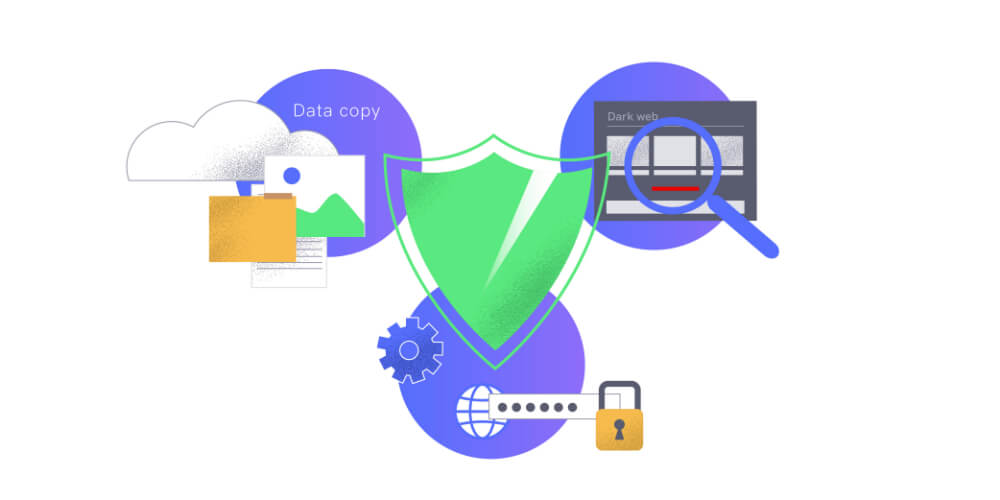
Invest in an Identity Theft Monitoring Service
Another valuable addition to your protection strategies is an identity monitoring service that reviews your web applications for any suspicious activities and provides regular alerts with a white-glove restoration and assistance.
Identity theft monitoring is perhaps the most effective way to ensure that your information stays private and is never misused. Remember, your personal and business data has a price on the Dark Web and can easily be sold for a profit. This includes bank account numbers, passwords, social security numbers, physical addresses, etc.
Malicious actors can use this info to destroy your credit and carry out financial theft while hiding behind your identity. They can also damage your and your business’s reputation with social fraud.
Stay Up-To-Date on Security Trends
Another approach to securing your data is to identify fraudulent patterns. By analyzing past cyber-attacks on businesses similar to yours, you can identify any action that seems odd before it becomes problematic for you.
For example, a sudden spike in canceled contracts can indicate suspicious activity. Keep an eye on identity theft trends and proprietary algorithms to understand the techniques hackers use and analyze data trends to discern possible fraud patterns.
Final Thoughts
Some of the biggest names across industries have experienced significant losses due to data breaches and thefts. As technology improves, malicious attackers have more avenues to explore, such as using artificial intelligence to crawl deep into the business networks and find information to exploit.
Therefore, it is essential to take security precautions and regularly monitor your web applications for any suspicious activities.
This is where iDenfy comes into play. By measuring customers’ details, we scan multiple databases, including the black market. Dig deeper into the dark web and use our Fraud Scoring tool to detect fraud patterns or stolen credit cards and stop unwanted transactions. For extra security, remove the anonymity shield with Proxy Detection and scan anonymous IP address databases in the black market and other valuable sources.
What are you waiting for? Book a free demo.
